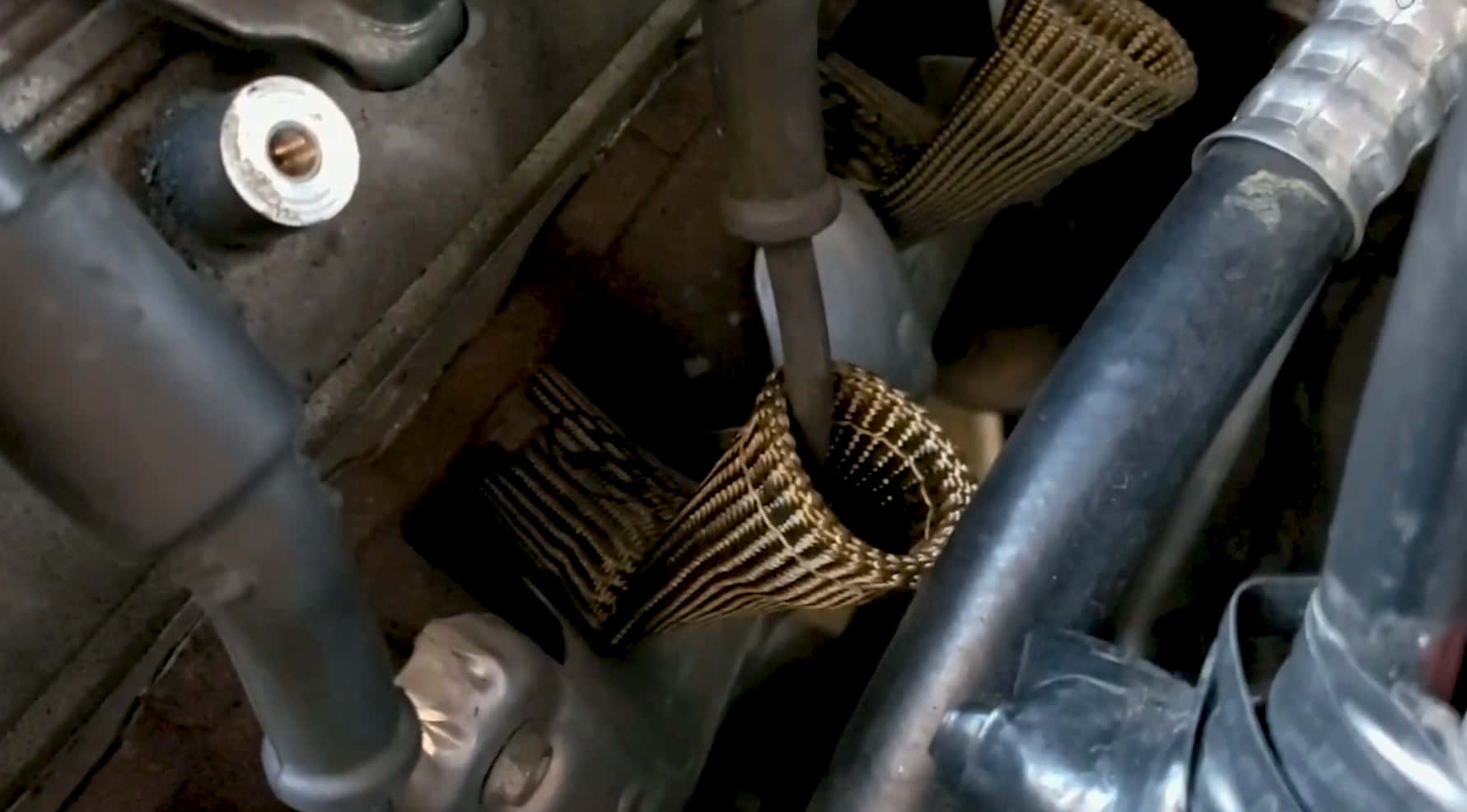Many people ask us how to protect spark plug wires from headers.
Basically, spark plug wires are critical components of the engine’s combustion chamber. The wires generate sparks, which then results in an ignition. As for headers, these are essential for pushing exhaust gasses from your cylinder.
But although headers improve the performance of your engine, there are risks once they become extremely hot. The heat can easily melt any polymeric or plastic materials… Which include spark plug wires.
So, how can you protect spark plug wires from the heat generated by headers? We will answer this question for you today, so keep reading!

Contents
How To Protect Spark Plug Wires From Headers
Engines come with compact and tight spaces. Spark wires are often just beside the headers. So, once the headers heat up, the wires are at risk of melting.
These wires often come with many insulators and silicon jackets. Yet, they are unable to handle the extreme heat that headers generate. So, they may melt easily, which is why you need to protect them.
Once the wires accumulate damage, this interrupts the ignition process. This happens as damaged wires are unable to pass the right amount of electric sparks to your combustion chamber. This also impacts the amount of resources needed to burn fuel.
Without ample fuel consumption, your engine fails to run well. As a result, performance is greatly affected.
So how can you protect your spark plug wires from this heat that may cause them to melt? Here are some things you can do.
1. Consider using tape.
Do take note that a simple tape is unable to prevent the wires from melting. Even electrical tape cannot stop the ignition voltage. But you can use tape with plastic caps or some kind of a spacer underneath the wires.
If there is such a spacer, this will provide some distance from the headers that will prevent them from melting. Spacing is essential since electrical tapes will not suffice to provide ample protection to wires from this extreme heat.
2. Insulation Boots
Another thing you can do is to use insulation boots. These are typically constructed from materials with thermal barriers. They reflect the heat to prevent the wires from melting.
3. Heat Shields
There are heat shields, as well, that can isolate inner and outer heat in the wires. They help to insulate the wires to prevent them from melting.
4. Insulation Sleeves
Sleeves that cover the wires can insulate the materials. These also sustain the massive amount of heat of the engine, which means they can help with protecting wires from headers. The only caveat, though, is that you need to use some kind of a cover before adding the sleeves since they are not suitable for covering the wires directly.
5. Zip Ties
When it comes to the easiest option to separate wires, zip ties are another good choice to consider. These tools prevent wires from touching hot surfaces. However, you need to make sure the wires are indeed secured, so they will not get worn down or cut accidentally.
Moreover, zip ties are cheaper and easily available as compared to the other tools and techniques we have on this list.
6. Maintenance
Regular car maintenance is an excellent way to protect your spark plug wires from melting. This is why it is important to head over to your repair center to ensure a routine check of your car’s engine. This inspection includes a thorough check for all parts under your vehicle’s hood.
If the mechanic noticed any developing issue during the inspection, it can be addressed easily.
7. Fiberglass Socks
This is another way to protect spark plug wires, which is actually quite common. These use good-quality silicones that repel heat and they can be tied back if need be. This way, the headers are no longer in range and will not come into contact with the wires. They are also capable of handling extreme heat conditions.
Do take note that the list we have provided you with is still dependent on the actual condition of your spark plug wires. If there is severe damage involved, you should go for a solution prescribed by your mechanic to prevent the issue from getting worse.
Additionally, it is best to implement some of the methods here in conjunction with another tool to provide better protection to your spark plug wires. This will guarantee the safety of the wires while making sure there are no further damage to critical components of your vehicle.
What Your Best Option Is
When determining the most ideal option to consider, you need to check under the hood first. Observe the engine to know what your most suitable method is.
For instance, if the wires get close to the headers, yet not melting, then zip ties should be a good choice. These ties should prevent the wires from melting.
But if there is already smoke from the hood, then you need a quick solution instead of a temporary option.
It is also good to ask from the manufacturing company which option is best for your particular situation. This way, you no longer have to second-guess the method to use.
Read More: Engine Swap Cost V6 To V8 – Costs and Tips To Remember
Bottom Line
Spark plug wires are always at risk of too much heat because of their proximity to the headers. This is why you need to do your best to protect them with the right methods. By performing some of the tips we have shared, you can ensure a longer lifespan of your wires that will directly impact the condition of your vehicle.
We hope we have helped you make the right decision by presenting these methods for you. Also, please make sure to schedule routine maintenance checks with your trusted mechanic to help you decide better on how to keep your vehicle’s performance in perfect order at all times.